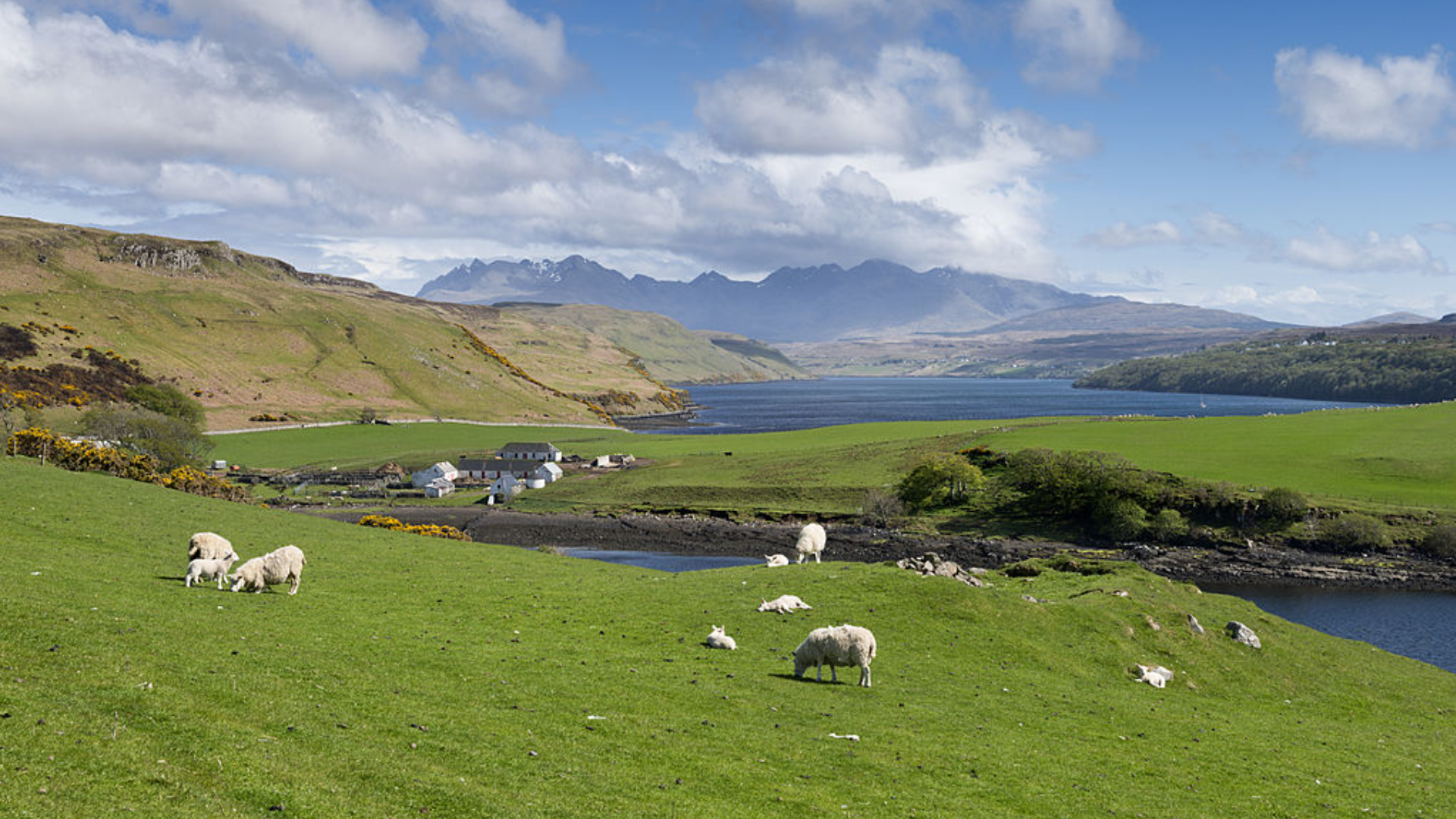7 Re-Wilding Retreats: Volunteer to Restore Nature
Re-wilding retreats let you step beyond hiking trails and contribute directly to nature’s recovery. These volunteer-focused stays pair practical restoration tasks — planting native trees, removing invasive species, monitoring wildlife — with on-site learning and often simple, shared accommodation. Some programs are organized by established conservation charities that run structured volunteer weeks; others are smaller sanctuaries that welcome drop-in help or seasonal volunteers. Either way, you’ll learn field skills, meet conservation professionals, and see the tangible results of habitat work. Costs and formats vary: some projects ask volunteers to pay a participation fee that covers lodging and instruction, while others operate on donation or volunteer-exchange models. Season matters too; many projects concentrate activity in spring through autumn when fieldwork and wildlife monitoring are feasible. This list highlights seven re-wilding retreats and related volunteer programs across the UK, Europe, and North America. Each entry explains who runs the work, the common activities volunteers do, the typical accommodation setup, and what to double-check before signing up. Note that available details reflect published reporting and program summaries; where specifics (fees, exact dates, application processes) are missing, I flag those gaps so you can verify the latest info before booking. Whether you want a week of hands-on tree planting in the Highlands or a citizen-science expedition in the Carpathians, these options offer meaningful ways to help restore ecosystems.
1. Dundreggan Estate (Trees for Life), Scottish Highlands

Dundreggan is Trees for Life’s flagship rewilding estate in the Scottish Highlands, running volunteer conservation weeks that focus on native woodland restoration. Volunteers typically plant native saplings, maintain tree guards, remove invasive species, and help with habitat surveys that support pinewood regeneration. Accommodation on the estate is basic but comfortable, often shared or dorm-style, and the schedule mixes fieldwork with short learning sessions led by staff. Trees for Life has developed a “paying volunteer” model in some cases, where participants contribute toward accommodation and project costs while receiving guidance and equipment. The estate’s long-term work includes restoring Caledonian pinewood and creating conditions for iconic native species to thrive. If you’re drawn to structured hands-on conservation in a rural setting, Dundreggan is a strong option; confirm current volunteer program dates and any participation fees on Trees for Life’s official site before planning travel. Because winters can be harsh and fieldwork seasonal, spring through autumn weeks usually offer the most active restoration tasks and better travel conditions.








